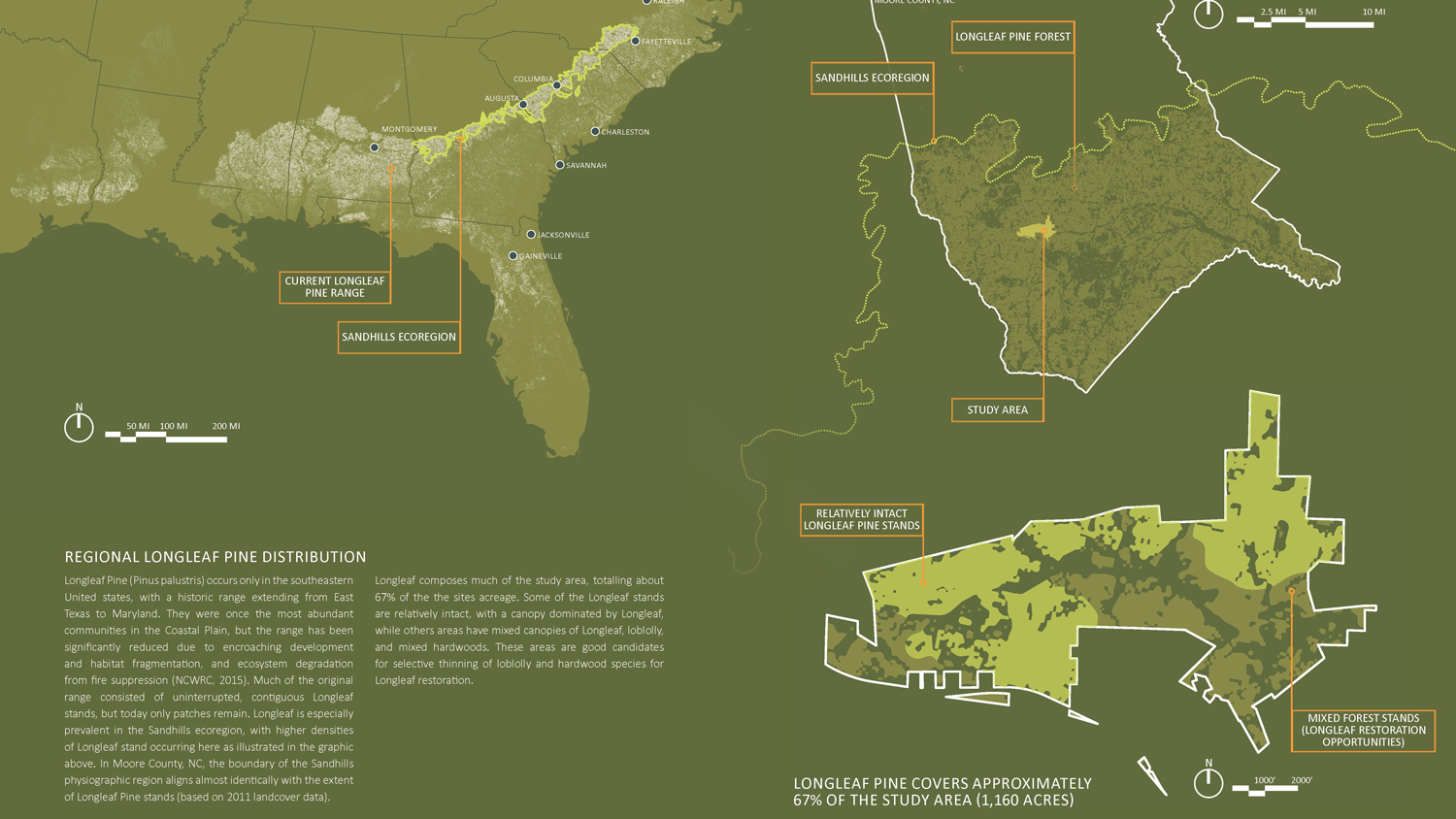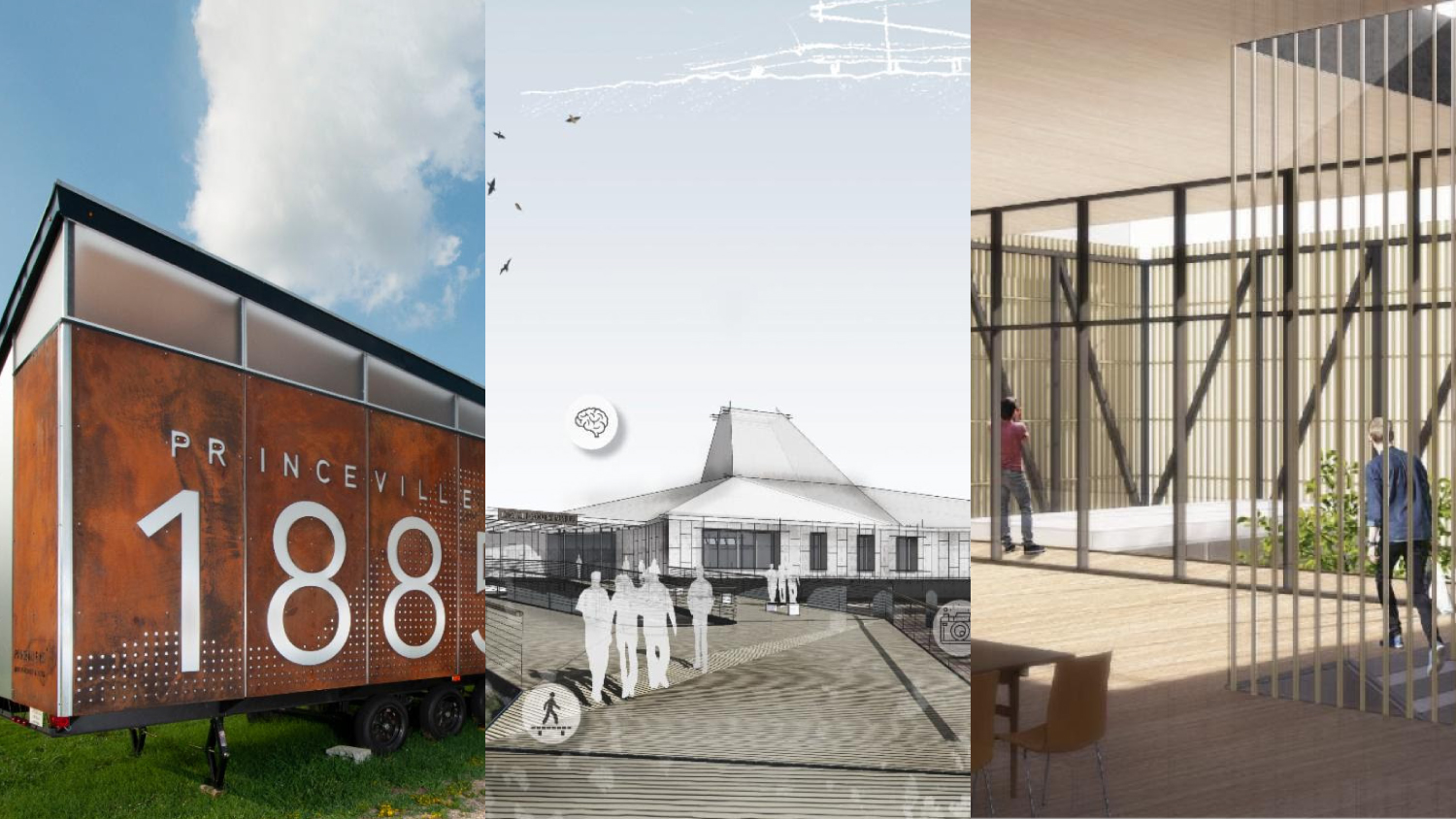Five Questions with Patrick Rand
NC State faculty make an indelible impact on the university through their dedication to research, service and student success. At the end of each academic year, many of these faculty are recognized at the University Teaching Awards.
Patrick Rand, professor of architecture, is one of those faculty. He’s this year’s NC State recipient of the University of North Carolina Board of Governors Award for Excellence in Teaching. We spoke with Rand, who has taught continuously at NC State since 1977, about the honor, his time on campus, the inspiration behind his work and more.
What does winning the University of North Carolina Board of Governors Award for Excellence in Teaching mean to you?
This selection means a great deal to me. Like all of the talented candidates, I consider teaching to be my most important contribution to the excellence of this university. Teaching is a craft that I have honed over more than forty years, and it is gratifying to have a rigorous review committee conclude that I’m doing it well.
I’ve been selected for several teaching awards at the national level, but they have been related to architectural education. This award is different because it includes candidates from all disciplines. Each candidate has great merit, and it is nice that my effort could be appreciated by people outside of my discipline.
How did you get into teaching, and what kind of impact can a great teacher have on their students?
All great teachers had great teachers themselves at some point. I had inspiring teachers in undergraduate and graduate school, to whom I owe a great debt. I chose my graduate program because I knew that I would have a chance to teach a course on my own while there. In my second year, I even taught an architecture studio on my own. Those teaching efforts were not my finest hour I’m sure, but they confirmed my interest in pursuing architectural education as a career.
I came to NC State at age 26 and began that career. In teaching, as in other endeavors, no one can be better than their context allows them to be. I learned how to teach in a department and college that was, and still is, full of excellent teachers. Roger Clark, Robert Burns and many others in architecture inspired me greatly, and challenged me to reach farther and grasp more firmly the tools of this trade. I am proud to be the fourth recipient of this award from the College of Design. I have been challenged to rise to the level of my predecessors, and will continue to aim high.
I was recently able to review the statements from all nominees regarding their teaching philosophies, and we have much in common. The majority of us specifically cited the influence of mentors to boost us forward as excellent teachers. There is no greater gift one can receive in this profession than mentorship from a master. We must keep in mind that there is no greater gift we can give to a junior faculty member than our guidance and support, coupled with a healthy challenge every now and then.
What are your research passions, and where have those taken you throughout your career?
First of all, I do research in order to be a better teacher. I need to find the relevant truth, then present that in my courses and studios.
My research focus has shifted radically over the years. Early on, I was interested in air-supported structures, because I could design, make, and test them myself quickly and inexpensively. I patented an inflatable camping tent when I was 24. I then shifted to research emergency housing for natural disaster victims, culminating in a National Science Foundation grant to find housing solutions for a major earthquake in Los Angeles
Later, the masonry industry asked me to find solutions to chronic moisture problems inside masonry walls, which I studied for 10 years using full-scale wall experiments. A few years ago, I examined the life-cycle embodied energy and carbon environmental “costs” associated with various cladding materials, using NC State buildings as my data source.
For the past 12 years I’ve shifted from empirical research to scholarly research and writing. I have been asked to write or co-write five books generally revolving around innovative construction materials and assemblies. Writing these books has given me a valuable chance to reflect on years of teaching and studying buildings, revealing principles that help the reader overcome anxiety about technical issues and to express a design in built form.
A common thread throughout is to think of the building as an organism. It has a life with subtle reactions to the world around it. If forces act on the organism that are not anticipated by the design, bad things will happen.
You’ve been at NC State for more than four decades. Why is this a special place to you?
For more than 40 years I have taught at least 18 credits per year, often in studios and courses that have a large number of contact hours per credit hour. This experience equips me to quickly see what the next student needs at a given moment. I’ve had ample opportunity to experiment with different teaching techniques, and learn from students which ones work the best. I can also see which elements tend to be harder for students to learn. I’ve never given the same lecture twice, because of adjustments made to address student learning preferences and needs. We must never fall into ruts, even good ones.
I’ve already pointed out the excellent faculty colleagues here. Let me add that the students have brought out my best. Their intelligence and ambition for the quality of their design push me to keep up with them, and help them navigate the varied paths they are pursuing. I’ve taught almost all of the architecture students who have matriculated since 1977, and it is thrilling to see them do well as practicing professionals, educators and in many other avenues.
What is something that people may not know about you?
I once walked on water, but not in the biblical sense. Back when I was exploring inflatables, I made several small transparent bubbles that I could get inside of, and go through the motions of walking, making the bubble move across a pond. Charles Kuralt, North Carolina’s great story-teller, heard about it, and included me in one of his On the Road stories at the end of the national CBS Evening News. It’s an example of someone being curious, then acting on an idea. Do it yourself as often as you can.
This post was originally published in Provost's Office News.
- Categories:


